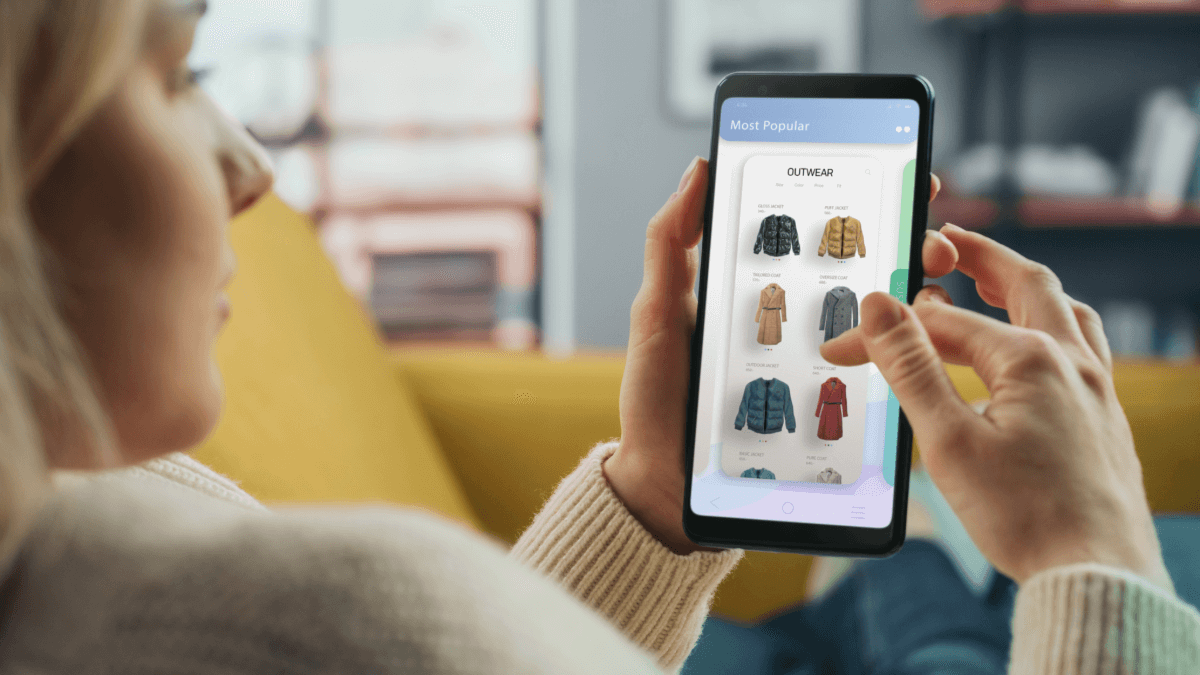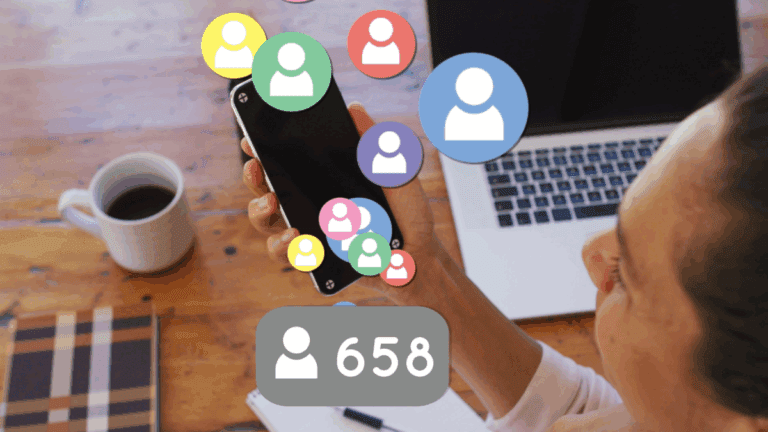
When NA‑KD influencer marketing first burst onto the scene nearly a decade ago, the brand’s Instagram follower counter rolled upward like a slot machine. In 2017 Business Insider DE quoted InfluencerDB to prove the point: 1.4 million fans and double‑digit weekly growth, all fuelled by a steady stream of creator collabs. That early momentum helped the Gothenburg‑based startup raise $45 million and secure a permanent seat at fashion’s cool‑kids table.
Eight years later the social landscape is a different planet. Reels rule, giveaways feel tired, and engagement rates for large fashion accounts look like rounding errors next to 2017’s glory days. Yet NA‑KD keeps finding ways to turn Instagram into a cash register. To understand how, we compared an archived 2017 snapshot with live July 2025 data and spoke with two micro‑creators who still shoot content for the label. Their insights paint a picture of a brand that grew up, hit the inevitable follower plateau, and then reinvented its influencer playbook instead of abandoning it.
A quick look at the score‑board
In raw numbers NA‑KD’s community has more than doubled: just over three million followers as of mid‑2025. That sounds great until you notice the engagement‑per‑post has fallen from roughly 26 000 likes in 2017 to under two thousand today, trimming the engagement rate to a razor‑thin 0.06 %. The slide isn’t surprising — almost every big fashion handle lives with the same reality — but it forces NA‑KD to squeeze more revenue out of each interaction. That explains why the team runs almost three times as many capsule collections now as it did in the late 2010s. Each drop partners with a creator who receives a royalty share rather than a flat fee, so the incentive to push hard on Stories and Reels never fades after launch day.
How the content mix changed
Scroll a month of @nakdfashion posts and you’ll notice a deliberate rhythm. First comes a glossy carousel teasing a new collaboration; every slide tags the creator in both the image and the caption. Within hours the brand follows up with fifteen‑second Reels that splice behind‑the‑scenes footage with quick‑cut try‑ons. A week later the feed switches to user‑generated looks, often featuring micro‑influencers with 20 000 to 60 000 followers. Those reposts do two jobs at once: they show how real bodies style the pieces and they remind smaller creators that NA‑KD really does share community content.
Giveaways still appear, just not in the predictable “tag three friends” format that tanked comment quality over the years. The 2025 versions feel fresher — one recent contest asked followers to duet a Reel with their own styling twist; another tied entries to a donation for an ocean‑cleanup NGO. The numbers prove the redesign works: that charity raffle generated twice as many story reshares as a standard product giveaway three weeks earlier.

Why falling engagement isn’t fatal
On paper, NA‑KD influencer marketing seems to have taken a dramatic engagement hit, yet the company’s revenue curve tells a far calmer story. Two factors cushion the blow. First, NA‑KD now whitelists high‑performing creator posts and turns them into targeted ads, essentially buying back the reach that the core account lost. Second, the brand funnels much of its social traffic into owned channels — an SMS club and a mobile app — where click‑through rates quadruple those of grid posts and can’t be throttled by an algorithm tweak.
The brand also leans heavily on micro‑creators to keep authenticity alive. Ingrid, a Berlin‑based stylist with 42 k followers, says NA‑KD’s briefs have become more flexible: “They encourage us to shoot in our real morning routine, messy mirror and all. My audience responds better than to polished look‑books.” Her average engagement rate sits near three percent — fifty times the main NA‑KD handle — so even a dozen such creators can offset the big‑account slump.
Peeking ahead to 2026
Industry chatter suggests NA‑KD is experimenting with live‑shopping pilots on TikTok, where average order values already beat Instagram Checkout by a quarter. The tech team is also prototyping augmented‑reality try‑ons that combine influencer videos with AI‑guided sizing; the goal is to slash return rates that plague every fast‑fashion business model. Finally, expect to see the brand invest in micro‑community spaces—private Discord servers, Close‑Friends Stories, maybe even token‑gated groups—to rebuild the intimacy that mega reach eroded.
What other brands can learn
The NA‑KD story proves that an influencer‑first strategy is a living organism, not a one‑time playbook. Algorithms shift, audiences mature, but a brand that collects first‑party data and keeps creator relationships flexible can survive the dips. If your own social metrics look eerily similar — more followers, fewer comments — steal NA‑KD’s two‑pronged response: buy strategic reach through whitelisted ads and pump life back into the funnel with micro‑level community building.
And one final note for data nerds: we built this NA‑KD influencer marketing analysis with a resurrected InfluencerDB crawler plus public endpoints, and our dev team is folding the same dashboards into a redesigned influencer research database. We’re not waving around a release date yet, but work is underway, and articles like this preview the kind of insights you’ll be able to generate on demand.
If you need a refresher on how we price those impressions, check our deep‑dive on Earned Media Value — it shows exactly how we quantify the buzz you don’t pay for.
Written after too many cold brews, a deep scroll through @nakdfashion, and more CSV files than I care to admit. If the data helps your next campaign, share the article — after all, that’s influencer marketing in action.



